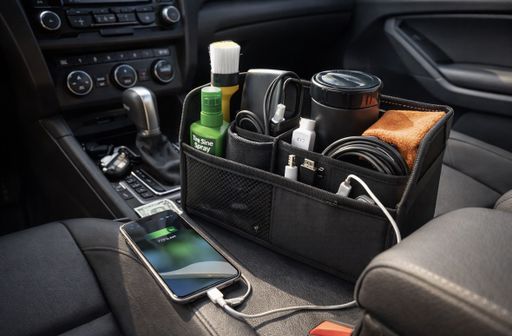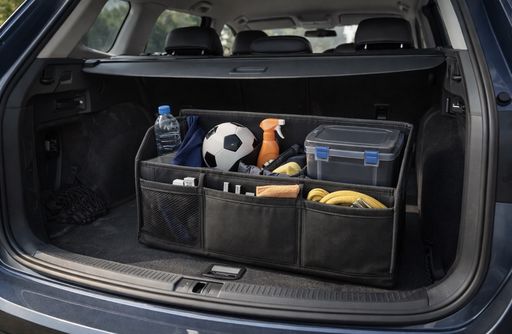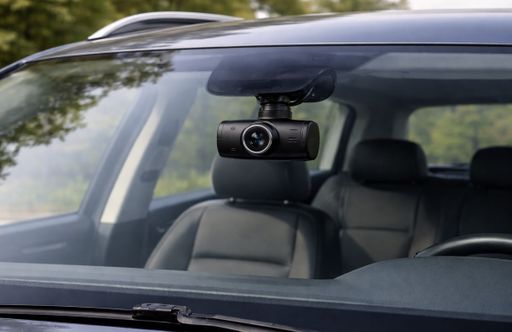Dacia Spring vs Subaru Forester - Differences and prices compared
Compare performance (65 HP vs 136 HP), boot space and price (14500 £ vs 34700 £ ) at a glance. Find out which car is the better choice for you – Dacia Spring or Subaru Forester?
Costs and Efficiency:
Price and efficiency are key factors when choosing a car – and this is often where the real differences emerge.
Dacia Spring has a decisively advantage in terms of price – it starts at 14500 £ , while the Subaru Forester costs 34700 £ . That’s a price difference of around 20220 £.
Engine and Performance:
Under the bonnet, it becomes clear which model is tuned for sportiness and which one takes the lead when you hit the accelerator.
When it comes to engine power, the Subaru Forester has a clearly edge – offering 136 HP compared to 65 HP. That’s roughly 71 HP more horsepower.
In acceleration from 0 to 100 km/h, the Subaru Forester is slightly quicker – completing the sprint in 12.20 s, while the Dacia Spring takes 13.70 s. That’s about 1.50 s faster.
In terms of top speed, the Subaru Forester performs noticeable better – reaching 188 km/h, while the Dacia Spring tops out at 125 km/h. The difference is around 63 km/h.
There’s also a difference in torque: Subaru Forester pulls clearly perceptible stronger with 182 Nm compared to 125 Nm. That’s about 57 Nm difference.
Space and Everyday Use:
Whether family car or daily driver – which one offers more room, flexibility and comfort?
Seats: Subaru Forester offers a bit more seating capacity – 5 vs 4.
In curb weight, Dacia Spring is significantly lighter – 1013 kg compared to 1693 kg. The difference is around 680 kg.
In terms of boot space, the Subaru Forester offers distinct more room – 508 L compared to 308 L. That’s a difference of about 200 L.
In maximum load capacity, the Subaru Forester performs significantly better – up to 1731 L, which is about 727 L more than the Dacia Spring.
When it comes to payload, Subaru Forester evident takes the win – 492 kg compared to 302 kg. That’s a difference of about 190 kg.
Who wins the race?
The Subaru Forester proves to be barely ahead and therefore becomes our DriveDuel Champion!
Subaru Forester is the better all-rounder in this comparison.
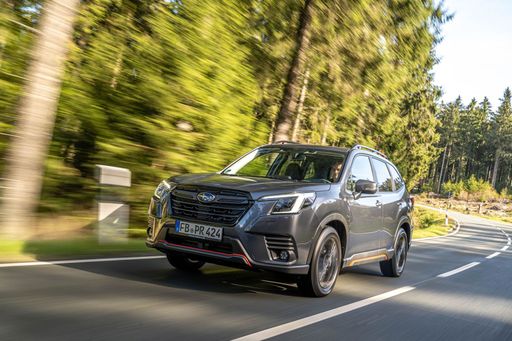
Subaru Forester
Costs and Consumption
View detailed analysis
Engine and Performance
View detailed analysis
Dimensions and Body
View detailed analysis
Dacia Spring
The Dacia Spring is an unpretentious city electric that strips EV ownership down to the essentials, offering clean, fuss-free transport for daily urban life. It won't impress luxury-seekers, but its cheerful practicality and rock-bottom running costs make it a clever, no-nonsense choice for anyone who wants electric mobility without the drama.
details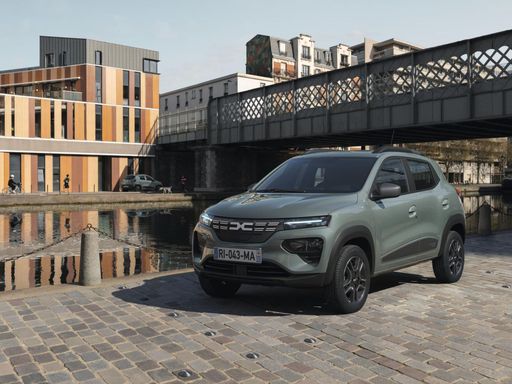
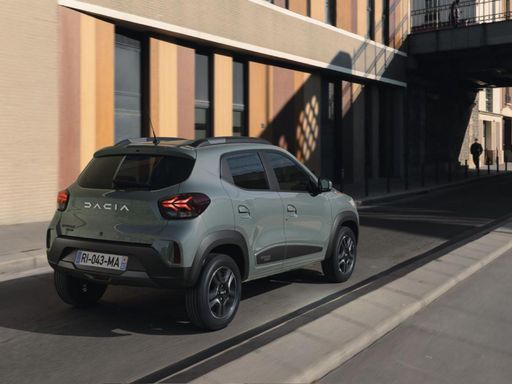
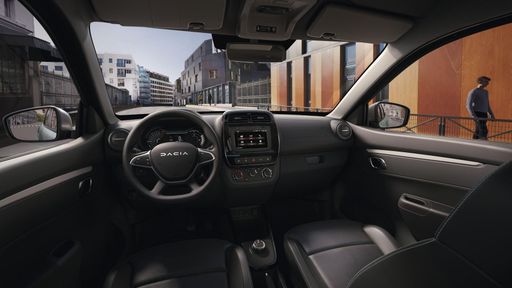
Subaru Forester
The Subaru Forester is a practical all-rounder that quietly does everything right, with roomy comfort, excellent visibility and a real fondness for weekend adventures off the beaten path. It won't set your pulse racing like a sports car, but for buyers who prize reliability, safety and sensible charm, it's a brilliantly steady companion with a cheeky streak.
details
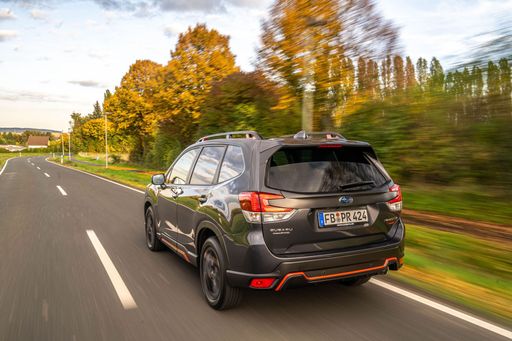
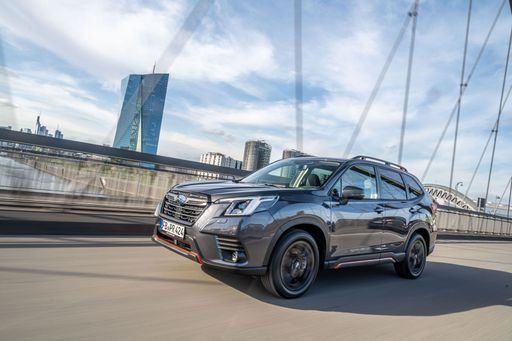
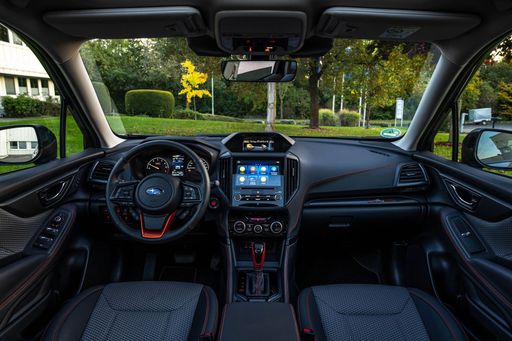
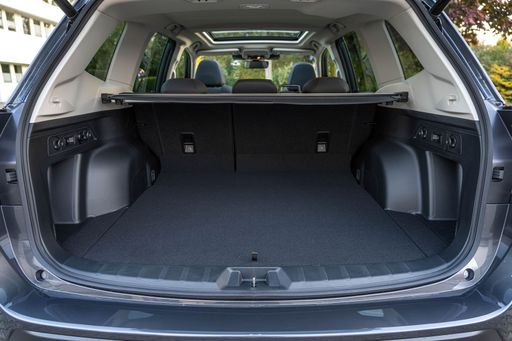
Costs and Consumption |
|
|---|---|
|
Price
14500 - 17100 £
|
Price
34700 - 42200 £
|
|
Consumption L/100km
-
|
Consumption L/100km
8.10 L
|
|
Consumption kWh/100km
13.2 - 14.1 kWh
|
Consumption kWh/100km
-
|
|
Electric Range
225 - 228 km
|
Electric Range
-
|
|
Battery Capacity
26.80 kWh
|
Battery Capacity
-
|
|
co2
0 g/km
|
co2
183 g/km
|
|
Fuel tank capacity
-
|
Fuel tank capacity
48 L
|
Dimensions and Body |
|
|---|---|
|
Body Type
SUV
|
Body Type
SUV
|
|
Seats
4
|
Seats
5
|
|
Doors
5
|
Doors
5
|
|
Curb weight
1013 - 1050 kg
|
Curb weight
1693 - 1739 kg
|
|
Trunk capacity
308 L
|
Trunk capacity
508 L
|
|
Length
3701 mm
|
Length
4670 mm
|
|
Width
1583 mm
|
Width
1830 mm
|
|
Height
1519 mm
|
Height
1730 mm
|
|
Max trunk capacity
1004 L
|
Max trunk capacity
1679 - 1731 L
|
|
Payload
265 - 302 kg
|
Payload
446 - 492 kg
|
Engine and Performance |
|
|---|---|
|
Engine Type
Electric
|
Engine Type
Petrol MHEV
|
|
Transmission
Automatic
|
Transmission
Automatic
|
|
Transmission Detail
Reduction Gearbox
|
Transmission Detail
CVT
|
|
Drive Type
Front-Wheel Drive
|
Drive Type
All-Wheel Drive
|
|
Power HP
44 - 65 HP
|
Power HP
136 HP
|
|
Acceleration 0-100km/h
13.7 - 19.1 s
|
Acceleration 0-100km/h
12.20 s
|
|
Max Speed
125 km/h
|
Max Speed
188 km/h
|
|
Torque
113 - 125 Nm
|
Torque
182 Nm
|
|
Number of Cylinders
-
|
Number of Cylinders
4
|
|
Power kW
33 - 48 kW
|
Power kW
100 kW
|
|
Engine capacity
-
|
Engine capacity
1995 cm3
|
General |
|
|---|---|
|
Model Year
2024
|
Model Year
2025
|
|
CO2 Efficiency Class
A
|
CO2 Efficiency Class
G
|
|
Brand
Dacia
|
Brand
Subaru
|
What drive types are available for the Dacia Spring?
The Dacia Spring is available as Front-Wheel Drive.

